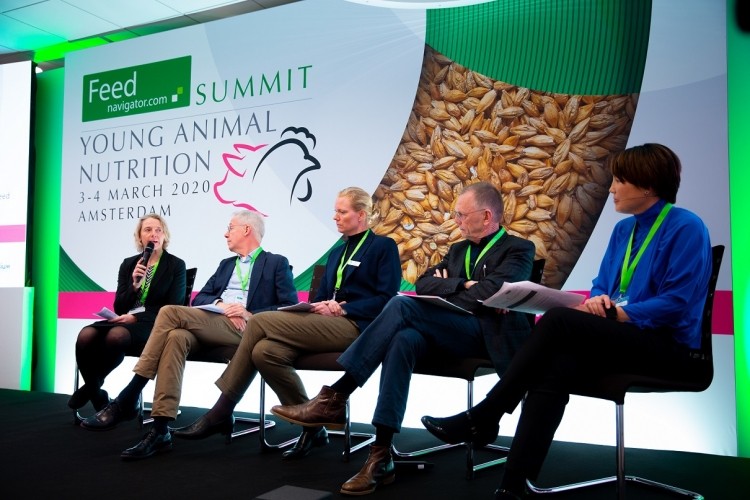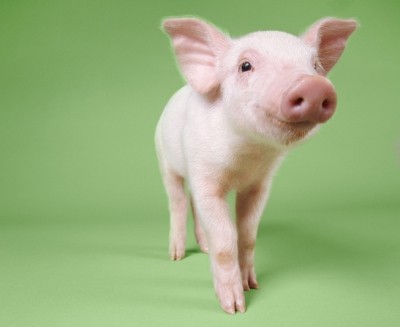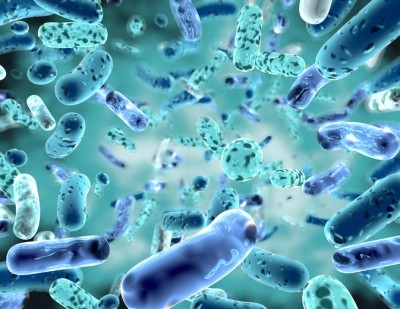Rethinking EU pig farming

Such production constraints were top of mind for our panel of swine nutrition experts at the FeedNavigator Summit: Young Animal Nutrition 2020 last week, held 3-4 March in Amsterdam.
The speakers included Alfons Jansman, senior scientist, Wageningen Livestock Research, Niels Kjeldsen, senior specialist in livestock innovation, Danish pig research center, SEGES, Christine Brøkner, new product development (NPD) manager, Hamlet Protein, and Charlotte Lauridsen, professor, Department of Animal Science, Aarhus University.
The ZnO ban will not impact all pig farming markets in the EU, as some countries have long prohibited the practice, while others never relied on heavy dosages of ZnO to control diarrhea in piglet diets post-weaning.
Conscious of those subtle differences in pig production in the EU, our panelists said, regardless of the country in question, what is needed is, in fact, continuous improvements in farm management and feed practices, so that, in the near-term, farmers can wean piglets without resorting to higher use of antibiotics or other substances deemed no longer sustainable by EU policy makers.
A rethink of pre and post-weaning practices are needed in EU pig farming, in general, they stressed.
Transition feeding
Jansman emphasized the increasing role that feeding before weaning can play in terms of developing piglet gut microbiota and intestinal development, and also in preparing the young animal for weaning.
“A couple of years ago we only considered piglet nutrition from the period post-weaning and now you see more of a shift towards a consideration of piglet nutrition pre-weaning; the creep feed approach has become more and more important - feeding solid feed to piglets prior to weaning, and, in that way, making the transition to solid feed easier for the young pigs.
“We are learning more and more about the development of the animal and the gastrointestinal (GI) system pre-weaning, and how we can manipulate that through interventions in terms of feed, feed additives and early colonization of the gut.”
If you get a serious drop in piglet performance at the outset, it can have a lost-lasting effect on performance in the growing and finishing phases, he stressed.
“We have to think differently about piglet management,” Lauridsen stressed.
She said priming piglet gut health at an early stage is critical, and that strategies like more personalized nutrition are needed – the idea being that one feed does not fit all given the often high litter variation.
She is involved in a Danish government funded research project aimed at antibiotic and ZnO free production through dietary and other management initiatives. “A major focus point here is the variation in piglets, not just from farm to farm but even within the one farm.”
There is variation not only in piglet birth weight or growth but also in the behavior of the animals, she said.
Trying to influence the colonization of the gut immediately after birth, giving piglets probiotics straight away could be beneficial, she added.
"The probiotic needs time to work in the gut in order to prevent infectious diseases.”
She also talked about how she is evaluating, with others, ways to enhance robustness while the piglets are suckling:
“We are conducting research on milk supplements, looking to see what those supplements should actually contain, in terms of feed additives. The sow cannot nourish all the piglets. Farmers are giving milk formulas. We are studying the influence of providing fermented liquid feeds to piglets while they are suckling instead of creep feeds, we think this could be important in terms of influencing the capacity to digest nutrients post-weaning.”
Lower CP diets
In his panel contribution, Kjeldsen went a more practical route, recounting approaches tested by Danish farmers on the ground, in order that they can run ZnO-free production from June 2022, without resorting to higher use of antibiotics.
Danish pig farmers have been highly reliant on ZnO to prevent post-weaning diarrhea in their piglets. Kjeldsen said they have been experimenting with a gradual reduction of ZnO levels, and trying out low crude protein diets.
Research has previously shown reduced protein content post-weaning to be a promising means to reduce diarrhea outbreaks among newly weaned pigs. High-protein feed increases the amount of undigested protein in the large intestine, which produces ammonia and toxic nitrogen compounds that may harm the gut.
A comprehensive Danish trial with reduced protein demonstrated that providing low protein (18%) feed for four weeks post-weaning lowered diarrhea treatments to 0.5 treatment days/pig in the 7-16 kg period (25 days) versus 1.6 treatment days/pig in the group given high protein (21%) feed. Low protein levels lead to a deficiency in limiting amino acids and a reduction in productivity, and consequently, free amino acids must be added to the feed to keep the negative impact on performance to a minimum, said the researchers involved in that work.
Fiber ingredients
Meanwhile, Brøkner stressed how the perception of fiber and, in particular, specific fiber fractions is changing, and she flagged their beneficial effect in relation to stimulating intestinal health in piglets.
She said it is not only fiber but also the quality of the fiber that counts – different types of fiber fractions that have multiple effects in the gastrointestinal tract (GIT) and that can generate butyric acid where it is needed and utilized by the animal – as opposed to feeding butyric acid as a supplement.
Fiber ingredients are interesting because of their physiochemical effects to stimulate gut function and development to secure healthy animals, she said.
Both soluble and insoluble fibers can provide a “dual effect” – engaging the gut physically and stimulating microflora through the fermentation of select fiber, she added.







